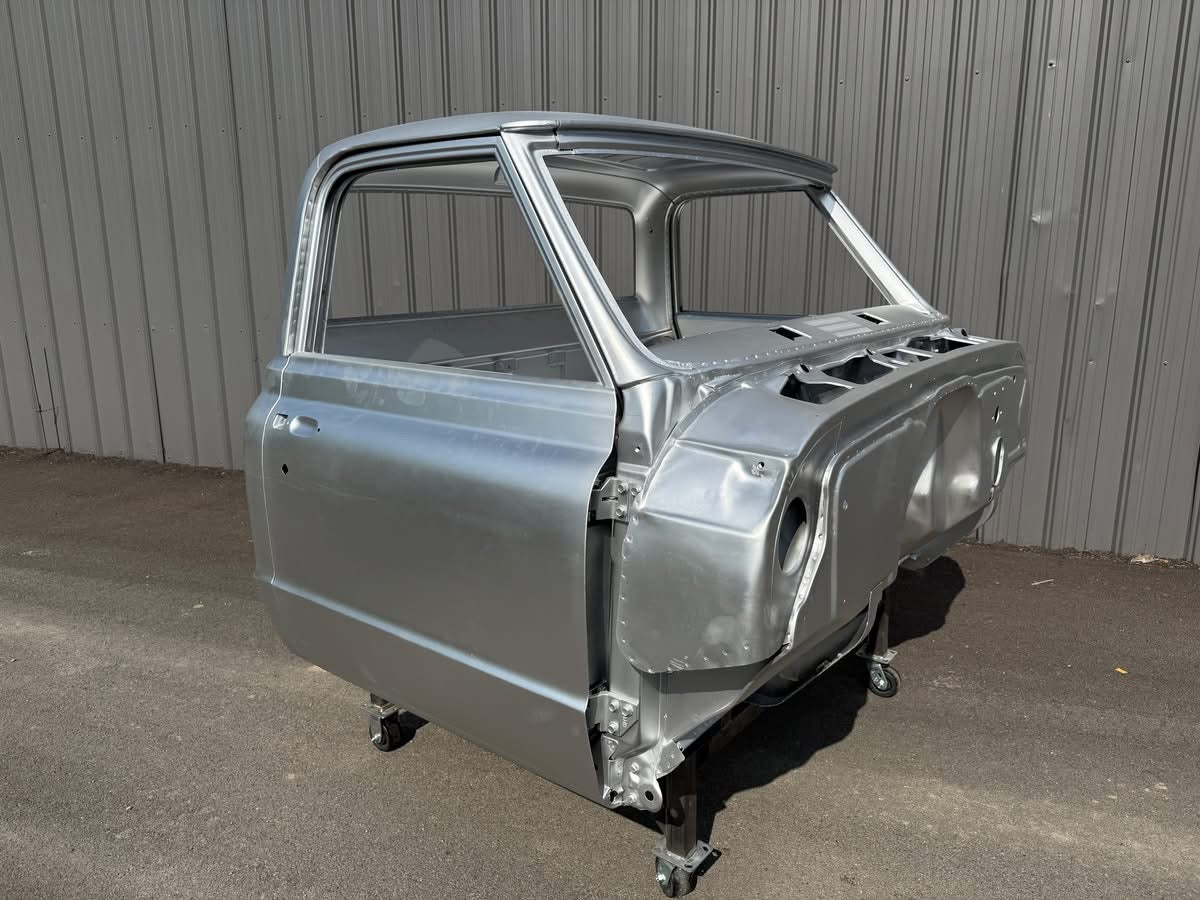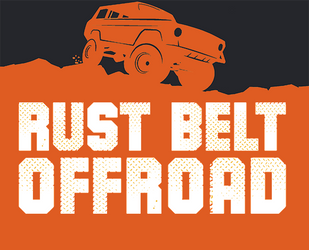LOGIN

Identifying the Key Differences in Chevy & GMC C/K Trucks (1967–1987)
If you’ve ever wondered how to tell the difference between a 1967 and 1987 Chevy or GMC C/K truck, you’re not alone. These classic pickups—spanning two decades of American design evolution—are among the most beloved and collectible trucks ever built. Whether you’re restoring a C10, K10, C20, or K20, or sourcing reproduction parts from Rust Belt Offroad, knowing what makes each generation unique can save you time, money, and frustration.
The 1967–1972 “Action Line” Era
Often called the second generation of the C/K series, these trucks are known for their clean lines and car-like ride quality. Enthusiasts refer to them as the “Action Line” or “Glamour Trucks.”
Key Identifiers:
-
1967: The first year of the new body style. Features a small rear window, no side marker lights, and smooth cab doors without side trim. Unique one-year-only hood and fenders.
-
1968: Introduced side marker lights (a federal requirement) and a larger rear window. The only year with both small and big rear glass options.
-
1969–1970: Updated front grille design—the grille bar was now divided by a Chevrolet bowtie (Chevy) or red GMC letters. Also introduced front disc brakes as an option in 1971.
-
1971–1972: These final two years are the most sought-after. They added egg-crate grilles, chrome trim, front disc brakes standard, and the popular Cheyenne Super trim package with woodgrain accents and upgraded interiors.
Quick Tip: 1972 models are identified by a rearview mirror glued to the windshield (previous years used a roof-mounted bracket).
The 1973–1980 “Square Body” Generation
The third generation of Chevy and GMC trucks brought a bold new boxy design and improved comfort. Known as the Square Body (or “Rounded Line” officially), these trucks are now some of the hottest vehicles in the classic truck scene.
Key Identifiers:
-
1973–1974: First Square Body years with sloped hoods and small egg-crate grilles. The wiper cowl is visible below the windshield. 1973 models have round turn signals; 1974 switched to rectangular.
-
1975–1976: More refined front grilles and interior changes, with optional sliding rear windows.
-
1977: New rectangular headlights appeared on higher trims, while base models retained round headlights.
-
1978–1980: Dual rectangular headlight setups became more common. Interiors received square dash bezels and woodgrain trim. GMC grilles carried bolder horizontal bars and a larger red logo.
Quick Tip: The front fenders and core supports vary between early (1973–1980) and later (1981–1987) Square Body models—important when ordering panels or reproductions from Rust Belt Offroad.
The 1981–1987 “Refined Square Body” Era
In 1981, Chevrolet and GMC gave the C/K lineup a facelift while keeping the same general shape. These late Square Bodies have sharper lines and modernized details—making them a bridge between old-school toughness and 1980s refinement.
Key Identifiers:
-
1981–1982: New slanted hoods, flatter front ends, and more aerodynamic fenders. Chevy grilles featured horizontal bars, while GMC kept a full rectangular grid.
-
1983–1984: Subtle grille updates and new interior dash panels. Trim levels like Silverado and Sierra Classic added plush touches and two-tone paint schemes.
-
1985–1987: Final production years before the GMT400 generation. Dual headlights became standard. 1987 marked the first year of throttle-body fuel injection (TBI) and the last year of the classic R/V series.
Quick Tip: 1987 trucks were titled as R10/R20 (2WD) or V10/V20 (4WD) instead of C/K due to drivetrain updates.
Chevy vs. GMC Differences Throughout the Years
While Chevy and GMC trucks shared the same basic platforms, there were distinct styling cues:
-
Grilles: GMC trucks typically had bolder, squared grilles and large red “GMC” lettering. Chevy favored the bowtie emblem centered on the grille bar.
-
Trim & Badging: GMC trim levels (Sierra, Sierra Grande) corresponded to Chevy’s Custom Deluxe, Cheyenne, and Silverado.
-
Tailgate Lettering: GMC embossed their name in the tailgate, while Chevy used “CHEVROLET” stamped across the panel.
If you’re sourcing reproduction panels, these details matter—Rust Belt Offroad offers both Chevy and GMC-specific body components, ensuring correct grille fitment, emblem placement, and trim alignment.
Rust Belt Offroad: Your Source for Quality C/K Reproduction Bodies
From 1967–1972 C10 and K10 trucks to 1973–1987 Square Body C/K series, Rust Belt Offroad produces reproduction bodies, cabs, and beds with factory-accurate spot welds and superior fitment.
Every panel is assembled in-house, using the same resistance spot-welding techniques as GM’s original production methods—delivering unmatched authenticity for your restoration.
Whether you’re restoring a 1972 Cheyenne Super or building a 1985 Silverado restomod, our precision-built bodies save you hundreds of hours in metalwork and ensure your project starts with a perfect foundation.
